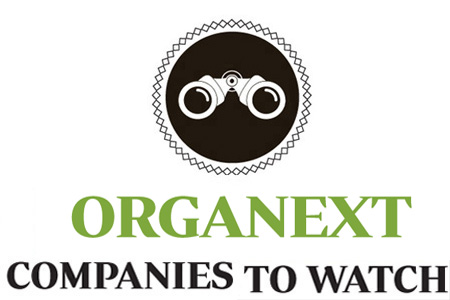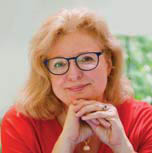OrgaNext

By Wayne Koberstein, Executive Editor, Life Science Leader
Follow Me On Twitter @WayneKoberstein
A European enterprise, started by pharma veterans, champions a product for age-related muscle wasting — an overlooked but critical medical need.
 SNAPSHOT
SNAPSHOT
OrgaNext is developing the low-dose, short-term Recovery Booster therapy, a combination of nandrolone decanoate and Vitamin D3 (NDD), for age-related muscle-wasting conditions with the initial indication of recovery after hip fracture. The therapy’s objective is to reverse the catabolic state in muscle wasting, activate the endogenous muscle stem cells, and improve functional outcomes. It consists of a weekly injection for a maximum of six months. The next milestones will be pivotal Phase 2b and Phase 3 studies, as well as scaling up for commercial-size batches of the product.
WHAT’S AT STAKE
One night, when I was a very young man living in a third-floor flat in San Francisco, I answered the doorbell, and a maid grabbed me and led me into the landlady’s first-floor apartment, where the 91-year-old woman lay on the floor next to her bed with a broken hip. Holding my hand while the maid called an ambulance, the  woman was alternately lucid and incoherent. One moment she spoke to me as a stranger, showing her fear and certain knowledge that she was done for; the next, I was her son, her grandfather, her father, comforting a frightened little girl. I stayed with her until the ambulance arrived and carried her away forever.
woman was alternately lucid and incoherent. One moment she spoke to me as a stranger, showing her fear and certain knowledge that she was done for; the next, I was her son, her grandfather, her father, comforting a frightened little girl. I stayed with her until the ambulance arrived and carried her away forever.
Back then, a broken hip in the elderly was a death sentence, and this woman knew it. Guess what? The common mishap of falling and breaking a hip still carries a stiff, though no longer fatal penalty for most seniors. Care has improved, but not nearly enough. “Half of women older than 65 years who break a hip in a fall never walk again,” says Marjanne Prins, the founder and CEO of the Dutch company OrgaNext.
That is what’s at stake in OrgaNext’s quest to go beyond better care for patients who have broken bones or otherwise injured themselves in accidents where muscle wasting and weakness may impede recovery or even increase injury risk. After Schering Plough bought Organon in 2007, Prins — a nutritionist long interested in the aging health issues, specifically muscle wasting —assembled a small team of fellow Organon alumni to form OrgaNext, which ultimately focused on treating the condition in elderly patients with the combination of a critical vitamin for muscles and an existing anabolic steroid labeled for anemia in severe renal insufficiency.
The company steered away from nonsteroidal compounds such as SARMS (selective androgen receptor modulators) because they fell short of OrgaNext’s goals for functional improvement and posed safety concerns in the elderly, Prins says. She cites clinical studies showing treatment with nandrolone decanoate resulted in a significant increase in muscle mass and muscle strength associated with functional improvement. “Nandrolone, a naturally occurring steroid — albeit in very, very low quantities — with a well-documented safety profile in older patients, is known to reverse the catabolic state.” She says the company incorporated vitamin D in the product because older patients at risk typically have low vitamin D levels, which she says contributes to the risk of falls, muscle weakness, loss of muscle mass, and hip fracture.
It has been a somewhat hard slog raising money for the company, according to Prins, because of what she sees as a large gap between the perceptions of investors and medical experts. “We found both the EMA (European Medicines Agency) and the FDA very constructive, and geriatric, orthopedic, and endocrinology experts (on vitamin D and androgens) all immediately grasping the concept and eager to use the Recovery Booster therapy. But we found the attitude of the European VC community more wait-and-see.” Now that OrgaNext is confident it has confirmed the product’s scientific feasibility and commercial attractiveness, it is preparing a Series A financing. Many, like me, know what could be at stake in the company’s success.
Vital Statistics
Employees: 4
Headquarters: Arnhem, The Netherlands
Finances:
$3.2M Seed Financing
$875K Nondilutive Innovation Credit (potential for $5.3M Phase 2b)
Now raising Series A ($12.5M) for pivotal Phase 2b lead compound, to be followed by Series B ($18.5M) for Phase 3.
Latest Updates
June 2014: Successful completion of Phase 1/2a in female subjects (age 65-80 years) with biomarker data indicative of early anabolic response (P < 0.001).
